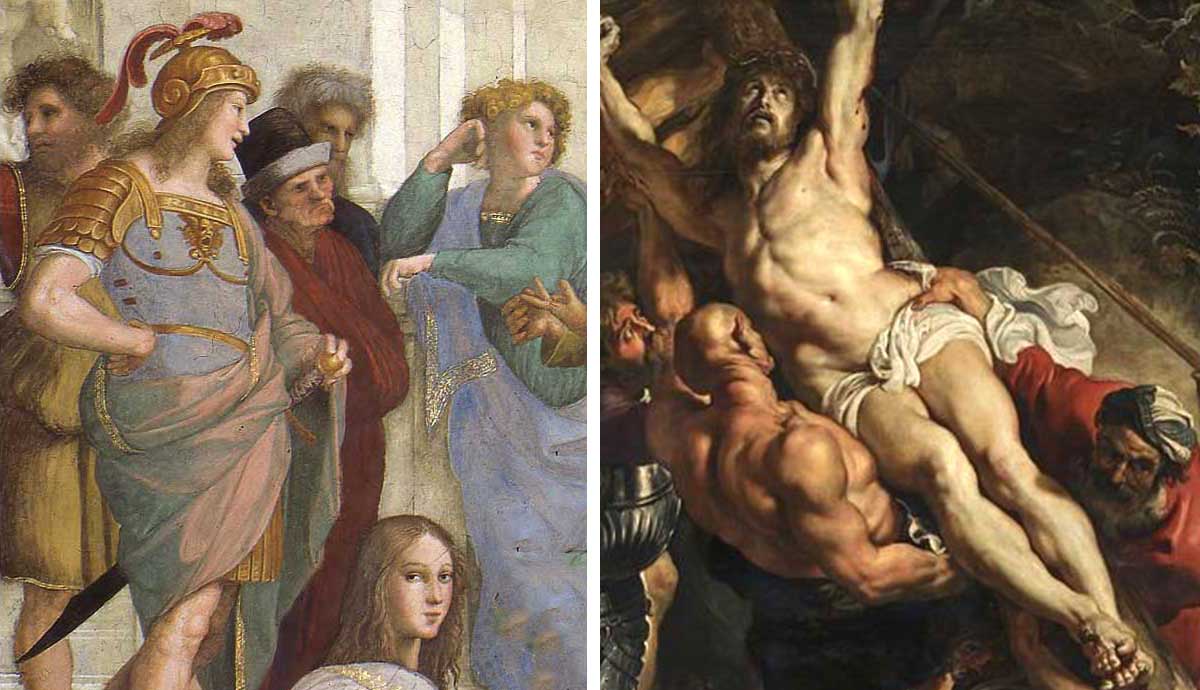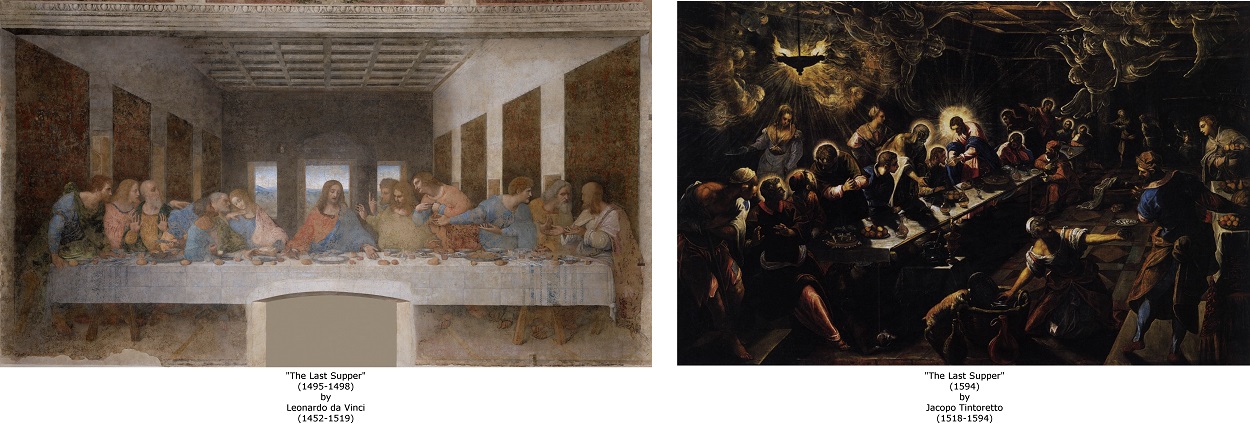Okay, so here’s the deal. I kept hearing people throw around 'Renaissance' and 'Baroque' when talking about old paintings, and honestly? For the longest time, I just nodded along like I knew what was up. But if you’d put a gun to my head and asked me to tell ‘em apart, I’d have been sweating. It was all just ‘old art’ to me, you know? So, one afternoon, I was looking at some art prints I picked up ages ago, trying to decide if any were worth framing, and this whole Renaissance vs. Baroque thing popped into my head again. I thought, right, let’s actually try and figure this out. Enough pretending.
My First Fumbling Steps
So, I started where everyone starts: just looking at a bunch of pictures online and in some old art books I had gathering dust. My first impression? Confusion, mostly. Lots of religious scenes, lots of people in old-timey clothes. Seemed pretty similar at a glance, if I'm being honest. I needed a game plan.
I decided to tackle Renaissance art first. Think Leonardo da Vinci, Michelangelo, Raphael – the names everyone knows, right? I pulled up images of their famous works. The Mona Lisa, The School of Athens, David. What I started noticing was a kind of… calmness. Even when the subject was dramatic, the figures often looked pretty serene, almost posed. Everything felt very balanced, very orderly. Like the artist had everything perfectly placed. And the light! It was usually clear, like a bright, overcast day, so you could see all the details. The people looked, well, idealized – like perfect versions of humans. Smooth lines, graceful poses. It felt very thought-out, very harmonious.

Then Came the Drama Queens: Baroque
Alright, then I switched over to what they call Baroque art. Artists like Caravaggio, Rembrandt, Rubens. And wow, what a shift! It was like going from a quiet, contemplative garden into the middle of a really intense play. The first thing that smacked me in the face was the drama. Everything was in motion, or looked like it was about to burst into motion. Faces were full of strong emotions – agony, joy, deep concentration. You could almost hear them shouting or whispering.
And the light – this was a huge one for me. Forget that clear, even Renaissance light. Baroque was all about stark contrasts. Deep, dark shadows right next to super bright, illuminated spots. It’s like someone was shining a spotlight on the most important part of the scene in a dark room. It really pulls your eye and makes everything feel super intense, almost theatrical. Sometimes, it felt a bit over the top, to be honest, like they were really trying to grab you and make you feel something powerful.
Putting Them Head-to-Head
To really get a grip, I started doing direct comparisons. I’d find a Renaissance painting of, say, a Madonna and Child – usually calm, sweet, beautifully balanced. Then I’d find a Baroque painting of a saint having a vision or some crazy mythological scene. The difference was night and day. The Renaissance piece felt like it was inviting you to admire its beauty and order. The Baroque piece felt like it was trying to suck you into the emotion and action.
I even made a little mental list, like my own cheat sheet:
- Renaissance: Often calm, balanced, clear light, idealized figures, feels harmonious. Think "serene and composed."
- Baroque: Dramatic, full of motion, strong light/dark contrasts (they call it chiaroscuro, but I just think "spotlight effect"), intense emotions, feels like it's happening right now. Think "action and passion!"
Why the Big Difference Though?
I got a bit curious about why they were so different. I didn't dive into a history lecture, but I gathered that the Renaissance was this big period of looking back at classical Greek and Roman stuff, a lot about humanism, order, and beauty. Then, when Baroque came along, things had changed. There was more religious upheaval, like the Counter-Reformation, and art became a tool to inspire awe, devotion, and strong feelings. So, the drama kind of made sense in that context. Artists weren't just showing you something pretty; they were trying to move you, to persuade you.

So, What's the Upshot?
Look, I'm no art historian now, not by a long shot. But spending a bit of time just looking and trying to spot these things made a huge difference. I used to just walk past old paintings in museums, giving them a quick glance. Now, I find myself pausing, trying to guess. "Is that calm, balanced light? Renaissance. Whoa, super dramatic shadows and everyone's flailing? Baroque!"
It’s actually made looking at art more fun. It’s like I’ve got a couple of new lenses to see through. I still mix them up sometimes, and there are always exceptions to the rules, but that initial feeling of "it's all just old art" is definitely gone. And all it took was a boring afternoon and a bit of focused looking. Who knew?












